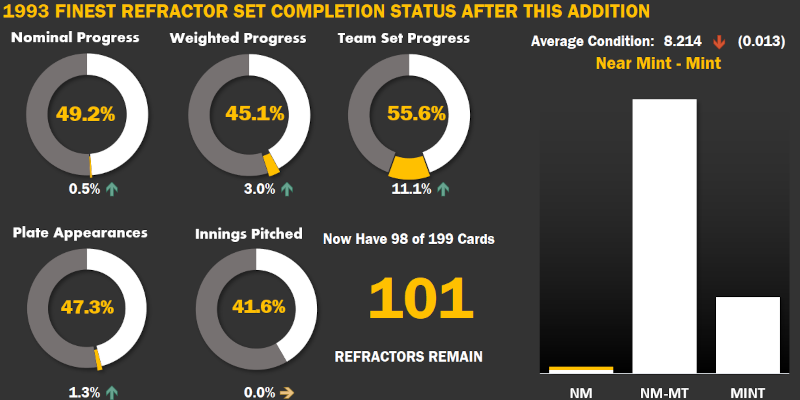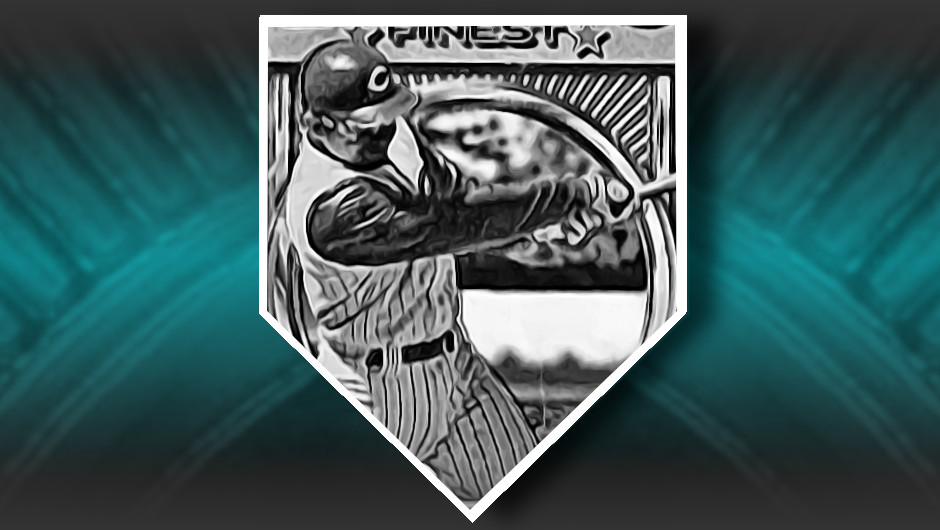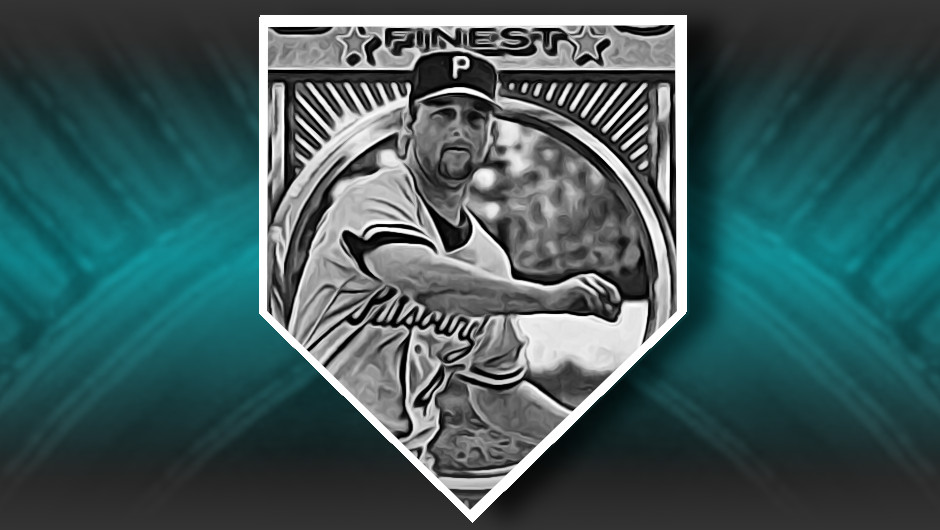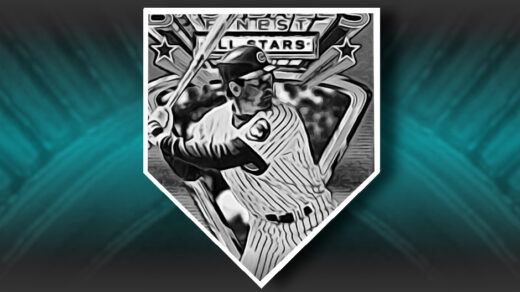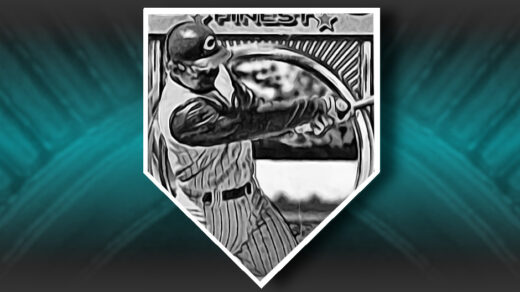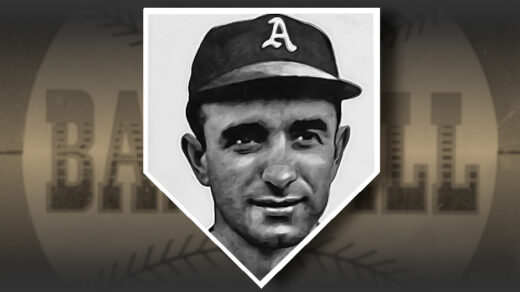I grew up in eastern Virginia, where the closest MLB team was the Baltimore Orioles. Most people I knew in the area either rooted for the Orioles or whichever team had just prevailed in the World Series. The biggest card shop in town (yes, there were more than one) seized on Oriole fandom and made sure to heavily promote anybody in a Baltimore uniform. The shop is one of the oldest in operation, having opened its doors in the 1970s. Cal Ripken cards were a component of the outlet’s early-1980s success and the owner, Don, established a presence as an expert in all things related to the player. Collectors seeking obscure minor league issues would walk away from visits to the shop with cards and a self-published checklist listing every known Ripken item. In pre-Internet times this booklet was an absolute necessity for any potential Ripken supercollector.
As a result of this always-support-the-local-team ethos, many of my baseball-playing friends chose Ripken as their favorite player. In hindsight, Ripken was a great choice for such a distinction, but as a kid I always took the opposing side in baseball debates with these teammates. Two friends in particular had extensive Ripken card collections that they put together with their dads. By extensive, this meant at the time owning each of the three regular edition 1982 rookie cards and at least 100 different cards.
One of those friends, Craig, introduced me to Beckett magazines and first clued me in to Ripken’s building streak of consecutive games played. Ripken’s capture of the 1991 American League MVP award propelled him above just being a local favorite with a modest hobby presence. It was also around this time that national consciousness of the streak began to really emerge.
When the 1994 MLB strike hit during the baseball season, Ripken’s streak appeared to be in jeopardy with just over 100 games to go before reaching Lou Gehrig’s 2,130 game record. Orioles management pulled some scheduling acrobatics to make sure the missed games would not count against Ripken and the streak was maintained.
Play resumed in 1995 with questions swirling around the lasting impact of the disruption on the sport. There were many fans who could no longer allow themselves to enjoy the game they had so recently missed watching. Ripken’s remaining 100 game dash towards the record was quickly seized upon by anyone looking for a good baseball story. Game #2,131 arrived in September and I got to watch it inside the control room of a television studio. My sister was working at the time in an out-of-the-way UHF broadcast television station and from there received uninterrupted satellite feeds from the game in Baltimore. When the game became official in the middle of the fifth inning Ripken received a nearly 20-minute standing ovation. Somewhere in that 20 minutes the strike moved into the past and fans began to make up with the sport.
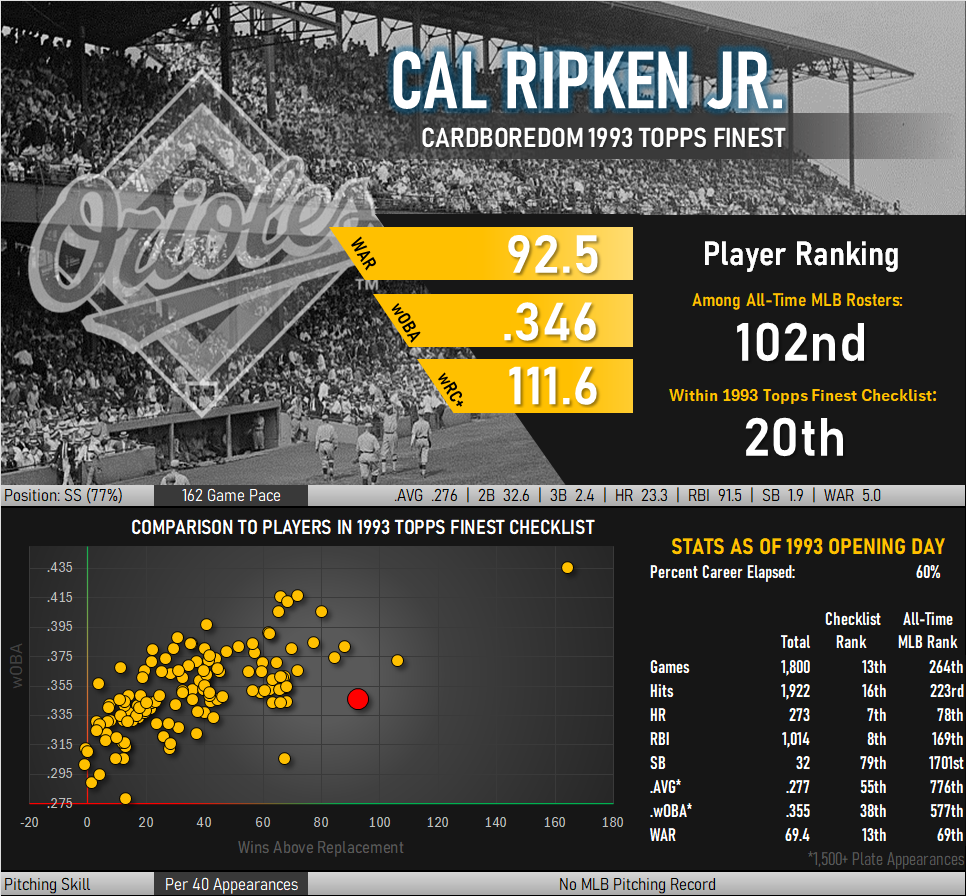
Ripken, of course, wasn’t just a player who passed on taking days off. His defense was among the better in the game, contributing 1-2 games per year in WAR. Offensively, he was good for 20+ home runs per season. The longevity of his career helped his counting stats, which include 400+ home runs and more than 3,000 hits. While he has the lowest batting average of anyone in the 3,000 hit club (.276), the feat is still impressive.
Once the Most Sought After Card in the 1990s
It was in the early 1990s that Cal Ripken cards from low-level star status to the most sought after in the hobby. This demand, coupled with the height of interest in the ’93 refractor set created a perfect imbalance between supply and demand for Ripken’s ’93 Finest parallel. Prices soared in 1995, eventually reaching equilibrium in the 1995-96 offseason with transactions regularly occurring at $2,000-$2,500 per card. Rationality returned as time went on, bringing prices back below four figures at the end of the decade. However, intense interest from a passionate player-collector fanbase kept the card ranked as the most fiscally challenging part of the set for two decades.

If one assumes the price guides of the mid-1990s were in the ballpark with their valuation estimates, collectors would have given up some insane cards to get ahold of just one Ripken refractor. Look at what ’90s cards you could have offered a Ripken owner and still have been turned down for not offering enough:
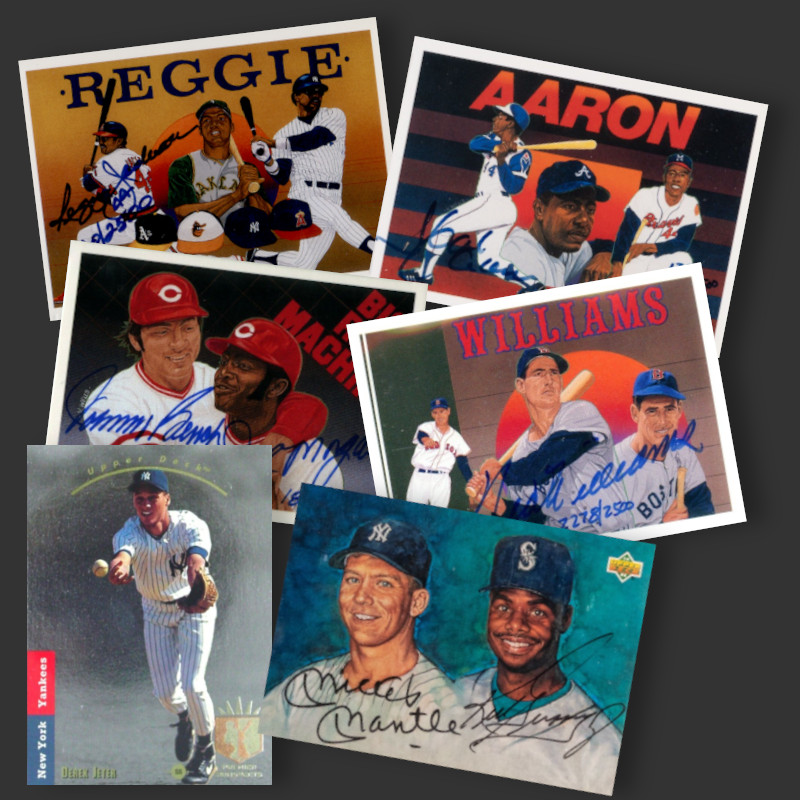
Pictured above are a good number of the pack-issued autographs from the first half of the decade, along with a Derek Jeter SP rookie card for good measure. The combined average hi/lo column value of these cards was $2,083 in the May 1996 Beckett, $167 less than what the Ripken card was booking for, implying you would need another 20 Jeters to even everything out. The joint Mantle/Griffey card alone goes for north of $5,000 today and during the pandemic briefly went for as much as some new cars. The autographs shown above were not insignificant cards at the time and each was that year’s hottest chase card when they were first issued.
When I went looking for a Ripken refractor to add to my set, I came across a card dealer in Colorado. A communication from this shop indicated they were in the process of breaking up one of the largest Ripken player collections ever assembled, one that had actually managed to fully complete the checklist book originally published by my local card shop. I followed developments in the breakup of this impressive collection until the refractor was advertised for sale. I purchased it, happy to not only have one of the set’s cornerstone cards but to have the card hail from such a collection.
This example carries a 9(OC) grade to top/bottom centering issues but is otherwise perfect. I am more lenient on centering within the All-Star subset given the lack of easily defined borders. Based on the serial number and design of the label in the slab, this card was among the earliest refractors reviewed by PSA and may have been added to the previous collection at the height of Ripken-mania.
